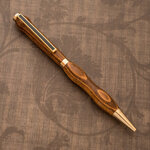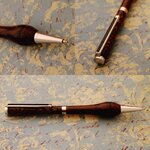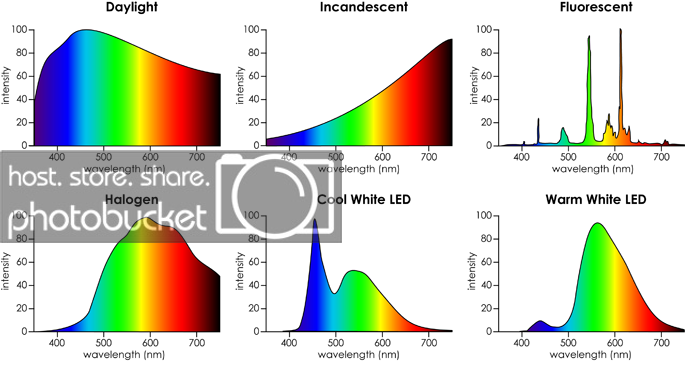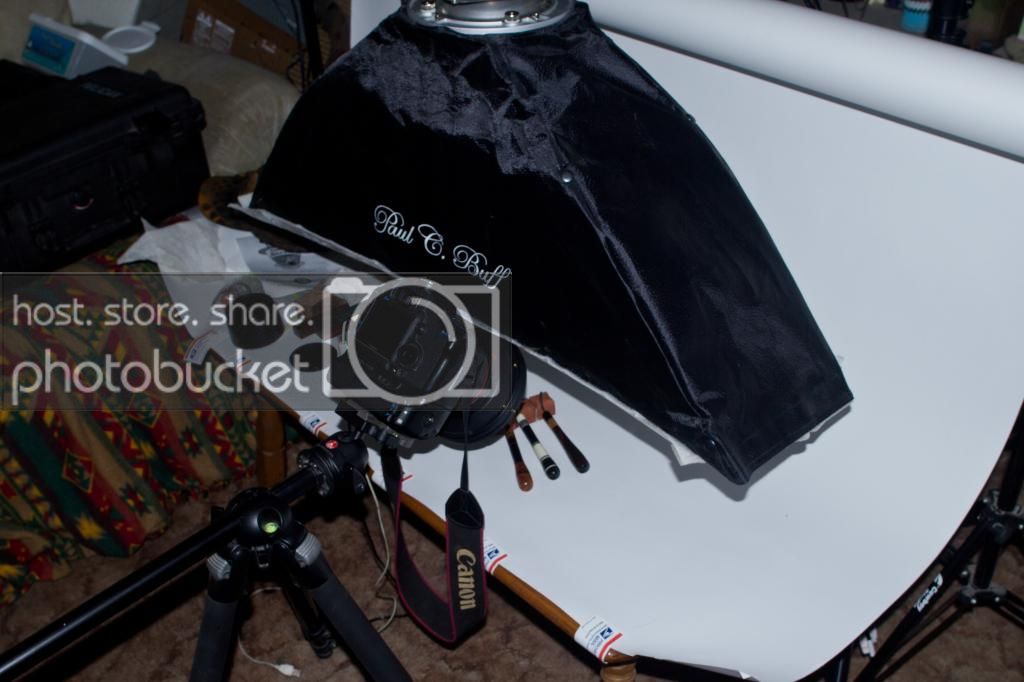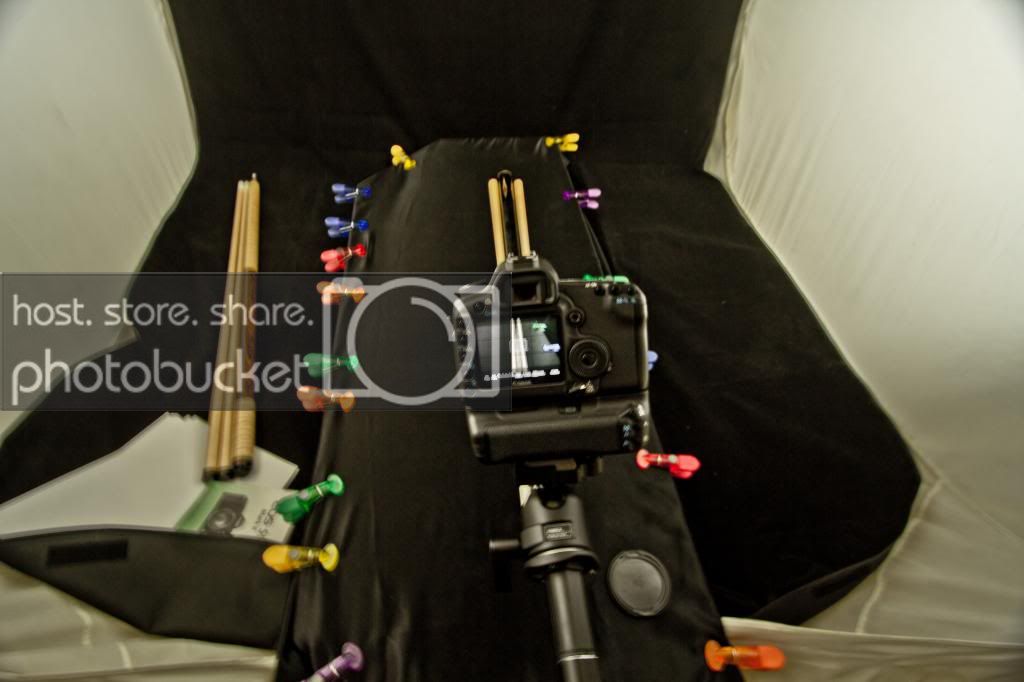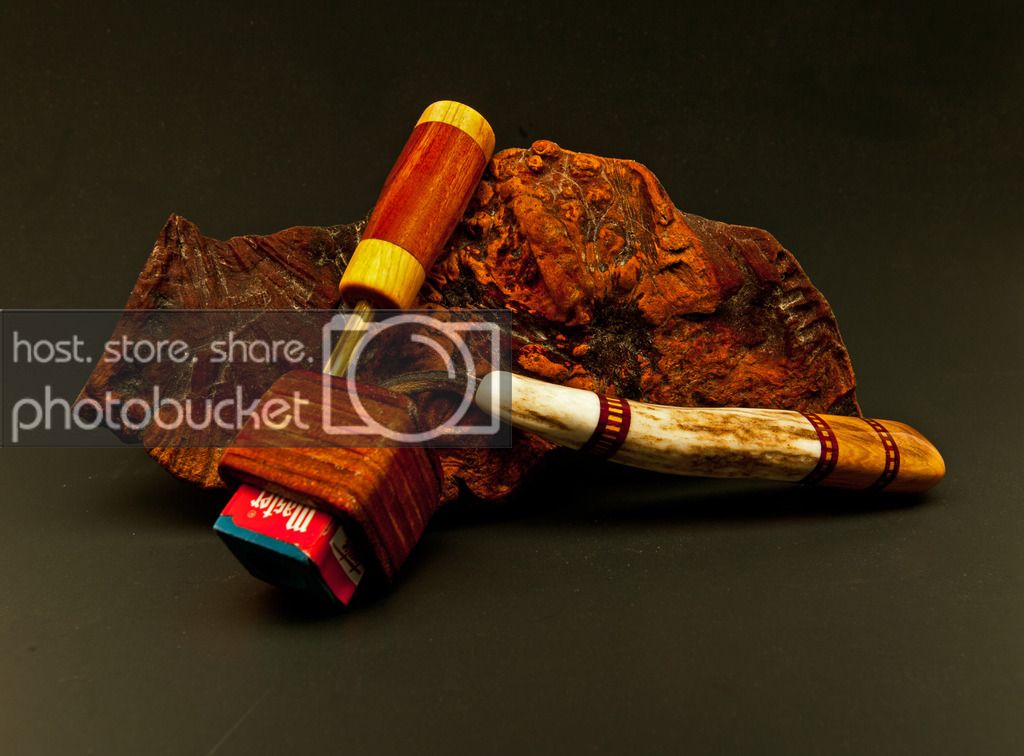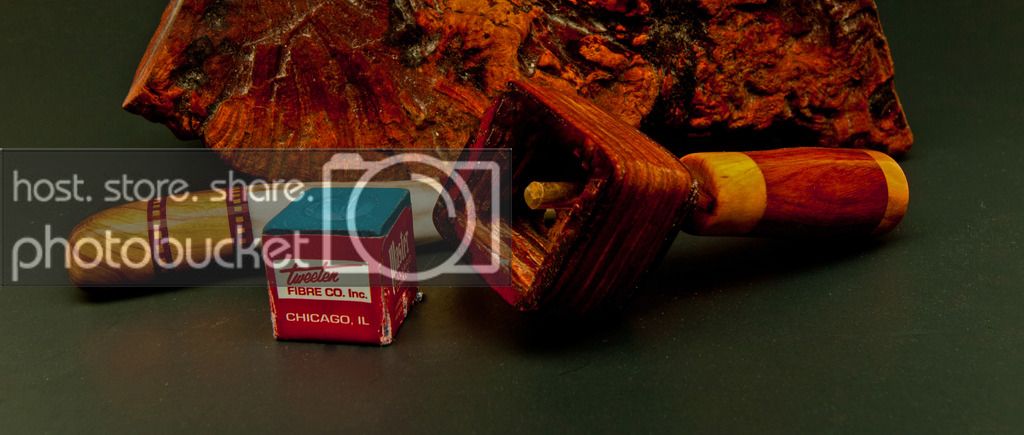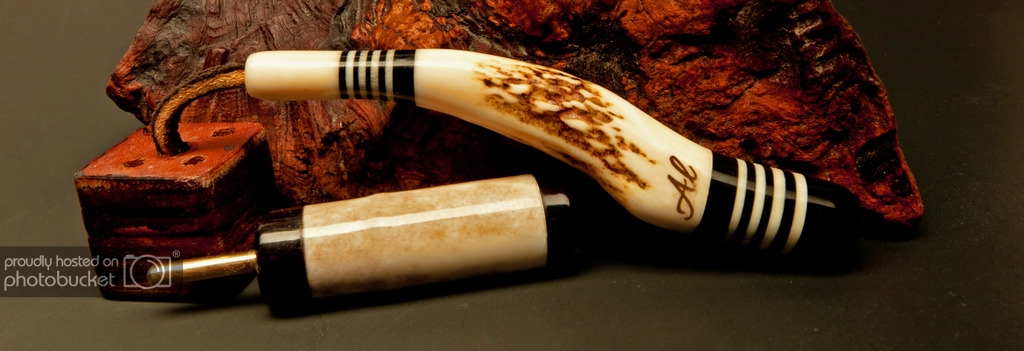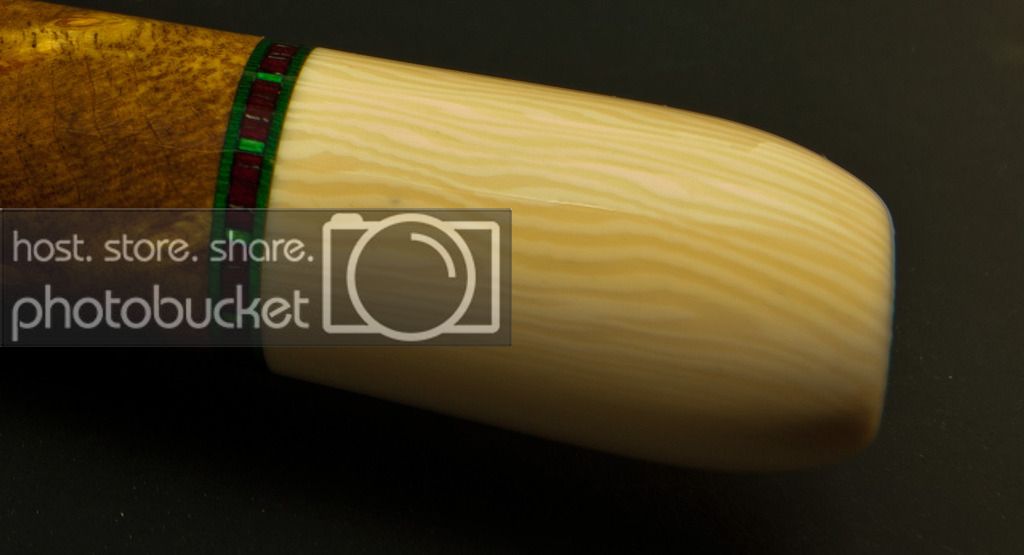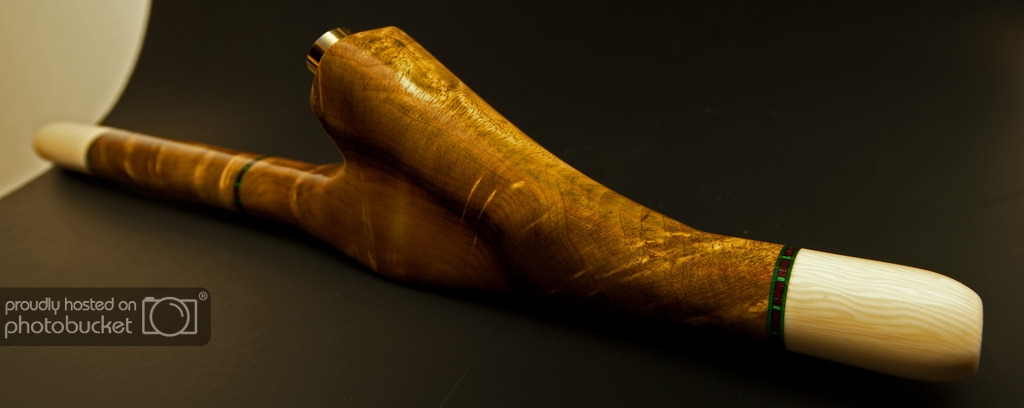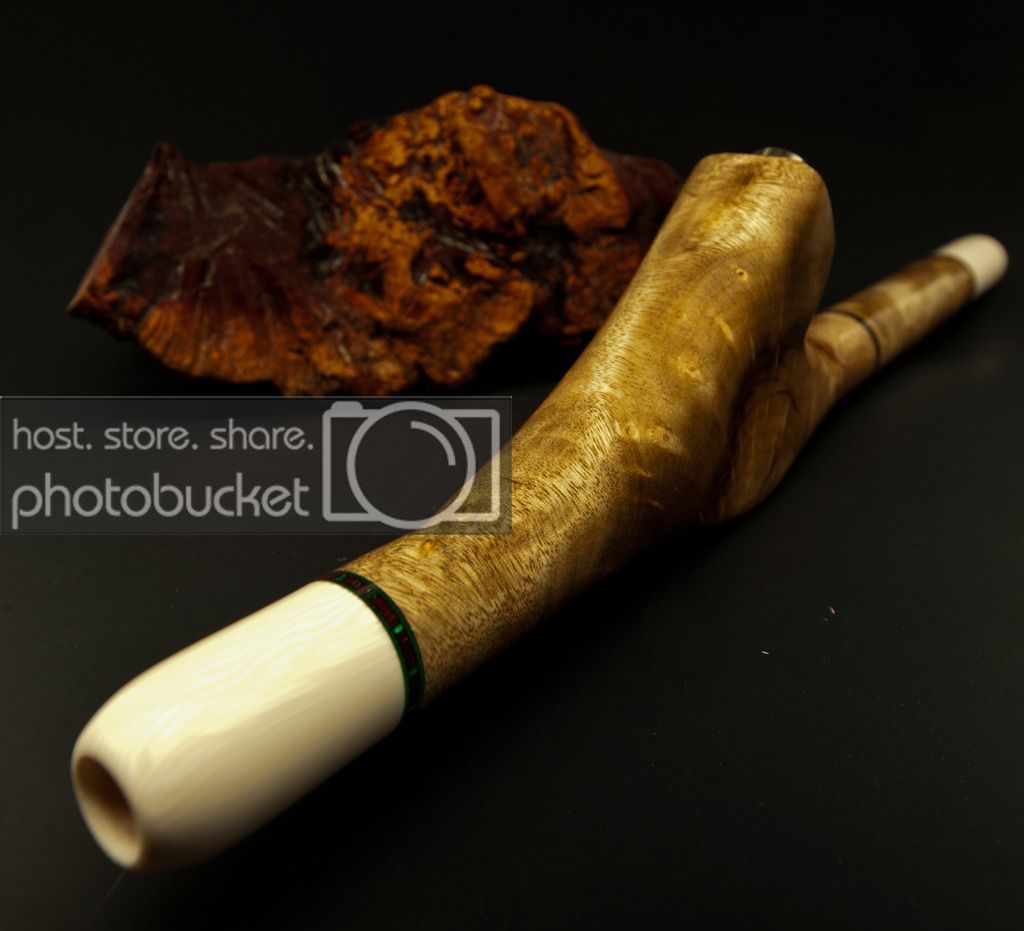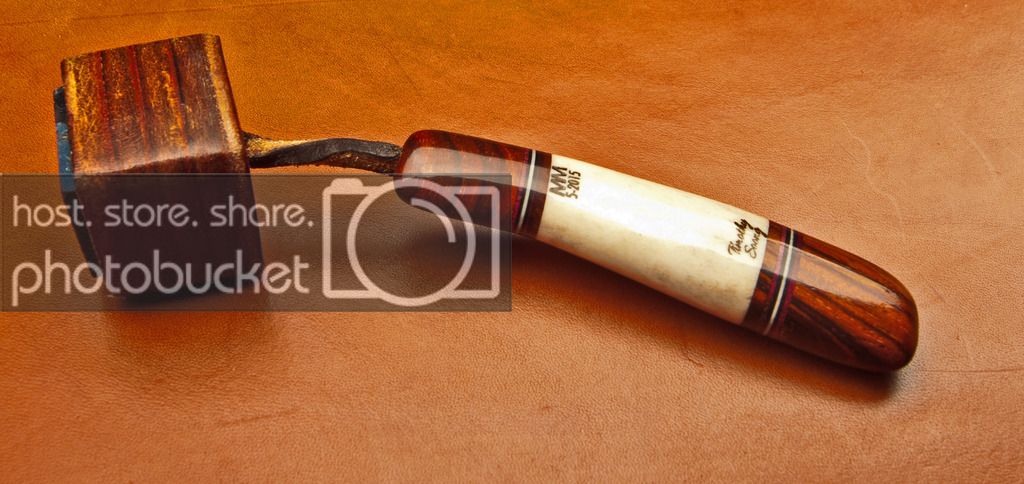Polarized Light
I've seen some discussion of polarized light and cross-polarization in other threads and since it was also brought up here I'd like to try to clarify for anyone who's interested.
There are several common misconceptions about polarized light, and one of the most prevalent is that direct reflection is synonymous with polarized light. The terms are not interchangeable.
Indeed, polarized light most often reveals itself in obvious direct reflection, but not always or exclusively. Polarized light is basically a limited subset of direct reflection, but even reflections that appear to be diffuse reflections can contain some degree of polarization.
Polarization occurs under very specific conditions, which can either be a hindrance or an enhancement to a photograph, depending on the style, skill, and intention of the photographer.
The simplest way to control polarized light is to eliminate it by changing the direction from which the light is cast (move your light). When that is impossible, another reliable (albeit finicky) method relies on polarized filters on the camera lens and/or polarized gels over the light source.
Cross-polarization can be achieved by using both, in perpendicular coordination with each other. In ten years of professional photography, which has taken me around the world working on all sorts of editorial and commercial shoots (celebrities, cars, jewelry, artwork reproductions, food, lifestyle, interiors, architecture, special effects, and more), I can remember only two jobs on which we were forced to use cross-polarization to achieve the results we needed. Both of those jobs were artwork reproductions.
Artwork reproduction are probably the most common type of photography that relies on this technique, and for good reason. On both jobs we were working with a very large painting in a fairly small room. This meant that we didn't have a ton of options for positioning our lights without causing significant direct reflection. Because artwork reproductions need to stay very true to the original, it is not desirable to show any sort of blown highlights or glare, as might occur on a thickly brushed oil painting. Because we could not avoid such highlights under the conditions at our location, the best solution was to polarize those direct reflections by putting polarized gels on our lights, so that the now-polarized reflections could be removed with the twist of our polarized filter on our lens.
If you want to know whether your light is polarized, place a circular polarized filter over your lens and twist. If a 45-90 degree rotation radically changes what you see, that's an indication there is polarized light in your picture. The more subtle the changes, the less polarized light is present.
Disadvantages of using polarized light are that both the filters and gels have a neutral density aspect to them, meaning they cut your light, so this means the exposure needs to be opened up (generally 1-1.5 stops per layer). Changing exposures this much can have adverse affects on other details you are tying to capture that have nothing to do with polarization. Polarized light can also mess with colors, which is why it's very tricky to use for artwork reproductions and it considered a last resort. Polarized light is naturally perfect, but man-made gels and filters are not, so even at their best, they can't be a magic bullet.
As a topic of interest, I view polarized light to be akin to gravity, in as much as we know it exists, have learned to use it to our advantage (or at least work within its parameters, somewhat), but don't really fully understand where it originates, how it works, or its implications beyond our limited view of reality. There are scientists who devote their entire careers to the study of polarized light. Most photographers are content to gain a basic understanding of how to identity it and how to use it or tame it.
Perhaps the thing that polarized light is best at, though, is polarizing people's opinions. Because of our limited understanding of it, and because so much information can be misread or misleading, it tends to become one of the most hotly contested subjects on photography forums.
Recently, I was experimenting with mother of pearl watches and polarized light, really just for fun, and part of my research took me online, where I found that the amount of authoritative sounding incorrect information available about polarized light rivals possibly any other topic, except religion and politics.
"Light: Science and Magic," by Fil Hunter, Steven Biver, and Paul Fuqua, is a good book, and I would recommend a thorough reading by anyone who wants to improve their photos and is willing to work for a more solid understanding of how light acts and can be controlled. The book is not the end-all-be-all, but if I were teaching a class, I'd be happy to include it on my curriculum.
I think the best way to learn about polarized light, in addition to reading, is to experiment. For most people's purposes, a standard, inexpensive circular polarizing filter is adequate to play and learn with. Filters can get expensive, but that is more about optical clarity (quality of glass) than the polarizing effect itself. And note that the "circular" in circular polarizer does not refer to the shape of the filter, but rather to the construction of the filter (as opposed to a linear polarizer). This is a whole other discussion, but suffice it to say, putting a linear polarizer on a modern autofocus lens can create focusing problems. The only thing you need to know to find a filter that will fit your lens is your lens' diameter, which will be marked on your lens using a diameter symbol (Ø).
If you want to experiment further with polarizing gels on your lights, be aware that they don't like heat and they are not inexpensive, but if treated kindly they'll last a long time. If you need to cut them into separate pieces for multiple lights, keep track of their orientation by drawing a discrete arrow on each piece pointing the same way. This way you can make sure to align them in parallel on your multiple lights. Also, be aware that many people think they have found a good deal when they buy less expensive Neutral Density (ND) gels, which can appear similar to polarizing gels but are entirely different. Polarizing gels provide neutral density, but ND gels do not polarize light. Here is a bit from one of the horse's mouths about Polarizing Gels (note, Roscoe calls their gels "filters" but that shouldn't be confused with lens mounted filters):
https://www.rosco.com/technotes/filters/technote6.html
In the instance of pens, I could definitely see how some people might want to fool around with polarized light, whether for gem/crystal embellishments, polished wood, painted surfaces, etc. But I would not recommend diving in too deeply without first understanding the basics of proper general lighting, otherwise it can confuse things unduly and cause issues that are hard to identify... frustration is probably the worst learning tool. I also would not recommend using cross-polarization all the time, because that will miss many opportunities for more thoughtful and narrative lighting, in my opinion. I have never found one technique to be totally superior to all others, or that any one technique could be properly employed in all instances.
This is a deep and fascinating topic, so if anyone has questions, just ask - I'll let you know when we reach the limits of my own understanding and try to find you some trustworthy and comprehensible reference materials.
Yikes, I didn't mean to write two pages and that barely scratches the surface! Hope this helps.

